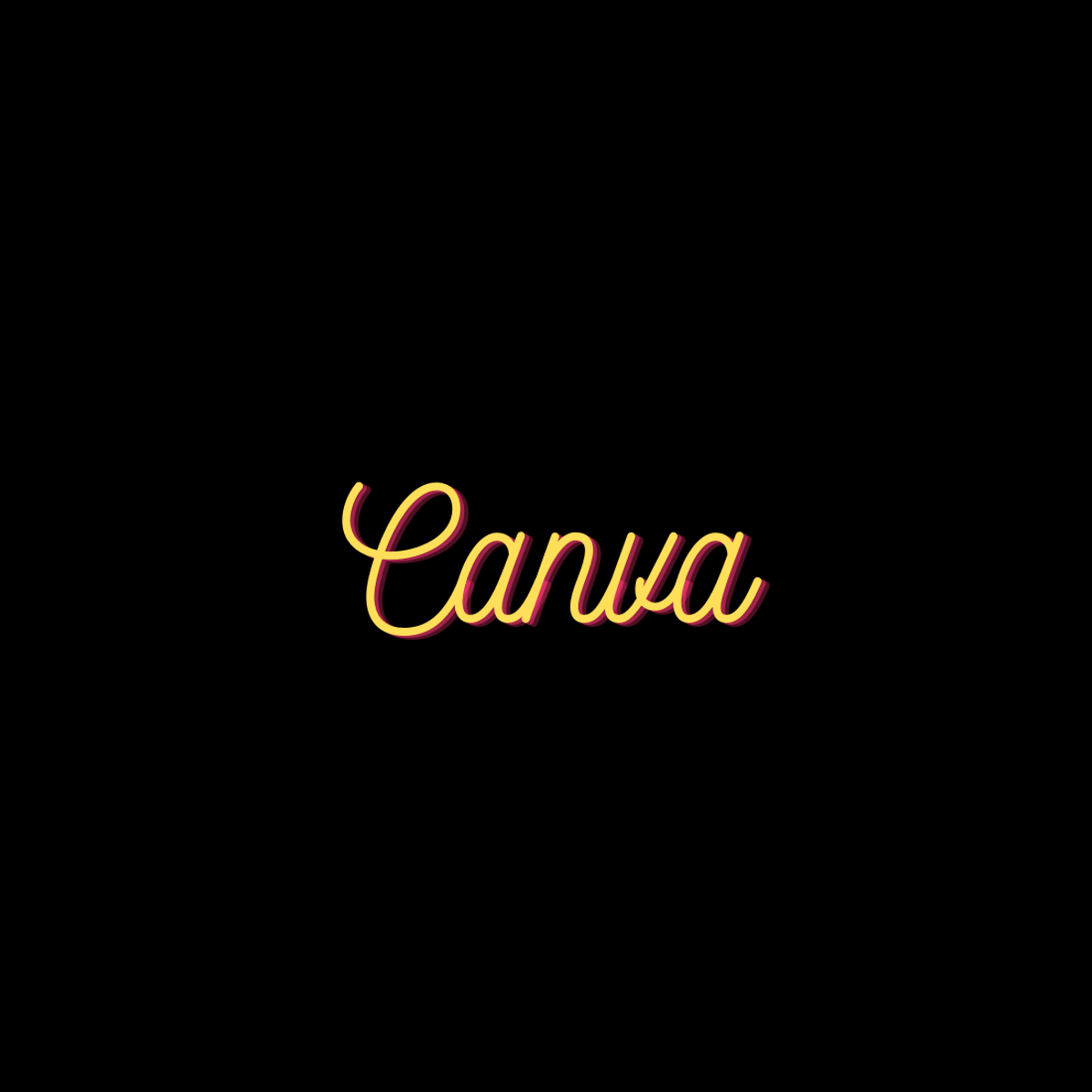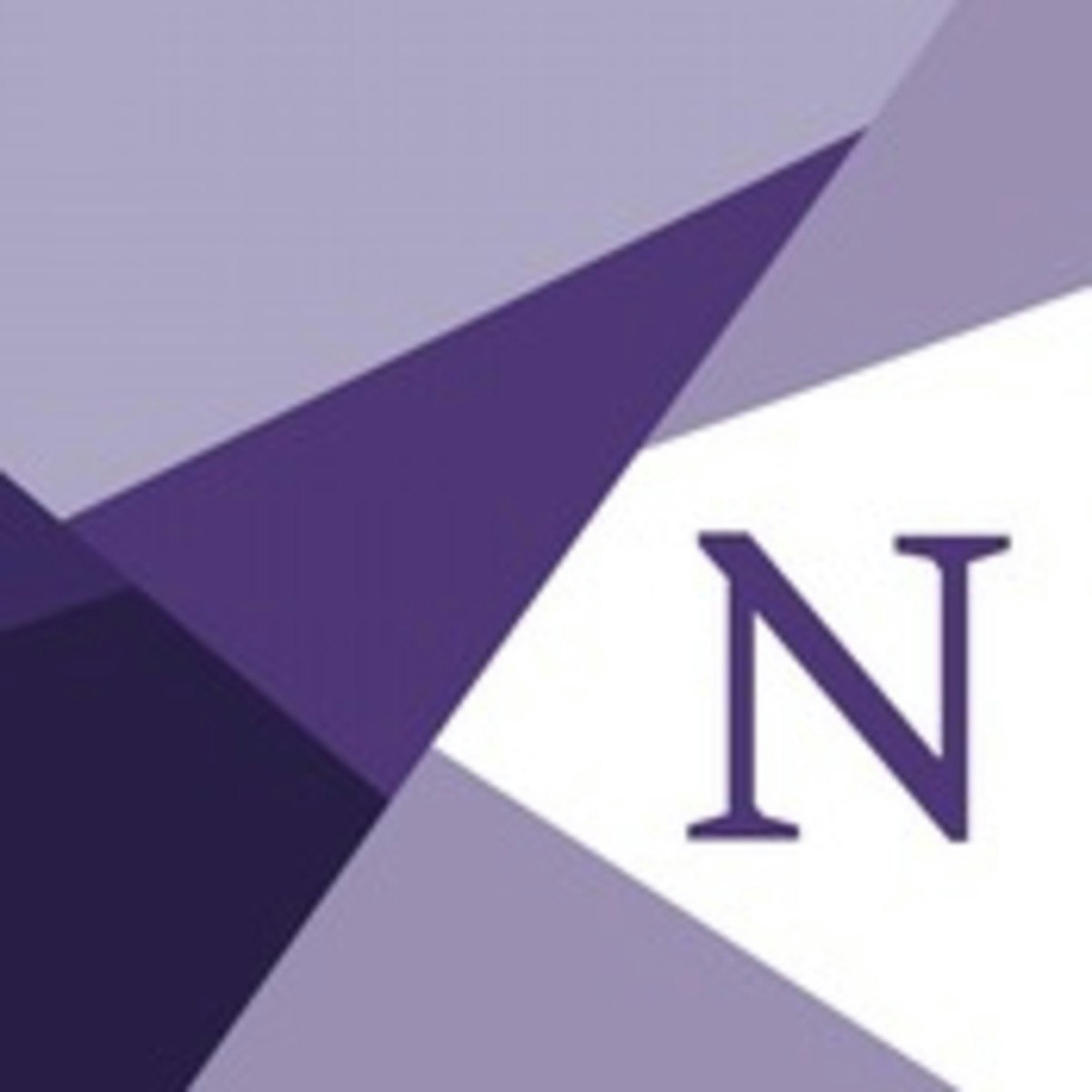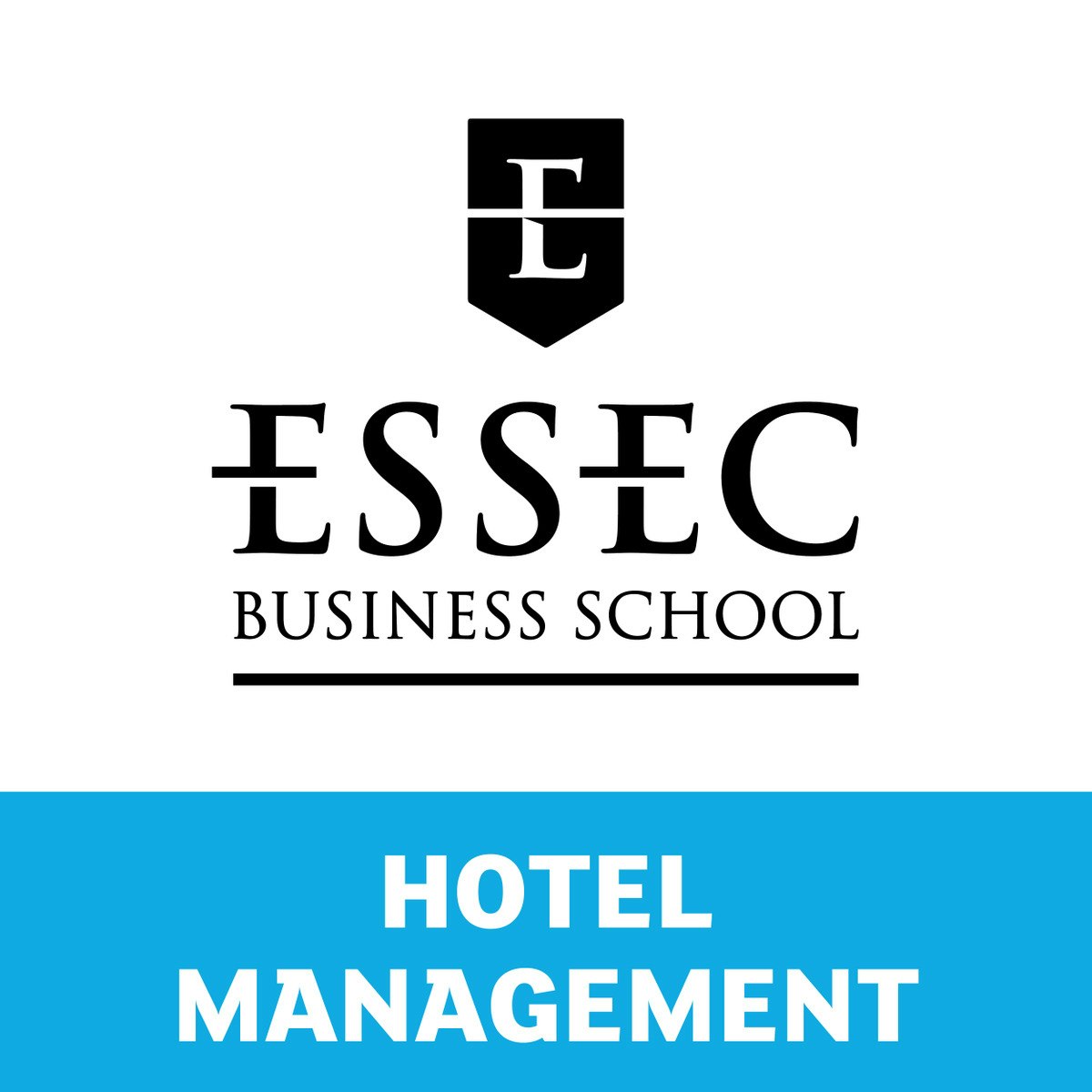Back to Courses









Business Strategy Courses - Page 35
Showing results 341-350 of 543

Create a Promotional Video using Canva
In this 1-hour long project-based course, you will learn how to create a script and then create a Promotional Video around it and make the video appealing using video backgrounds, images and animations. By the end of this project, you will be confident in creating an eye-catching and professional Promotional Video in Canva which you can use to Market on Social Media Platforms.
The same skills can be used in creating Promotional Video in any industry like real estate, finance, healthcare or for any other business.
We will be using Canva for this purpose and we will create a Promotional Video slide by slide. We will begin by creating video slides around the Customer’s pain points and introduce our Solutions. We will then persuade our target customers through USPs and Testimonials and finish the video with a Call to Action.
No prior experience in video creation or graphic design or scriptwriting is needed.
Note: This course works best for learners who are based in the North America region. We’re currently working on providing the same experience in other regions.

Platform Thinking: what’s beyond Uber?
Over the last two decades, platforms have transformed the way, we search for information (e.g., Google), buy goods (e.g., Amazon), consume news and media (e.g., Facebook and Twitter) and travel and move around (e.g., Airbnb, Booking.com, Uber and TripAdvisor). This phenomenon is known as 'the power of platforms', defined as an innovative business model that relies on digital technologies to assemble people, knowledge and companies in an interactive ecosystem where value can be created, captured and shared. These platforms have a great ability to attract funds and grow rapidly, relying on external resources (e.g. private houses for Airbnb or private cars for Uber), with a significant impact on the market. These companies act as intermediaries, attempting to reduce frictions in the market and helping the supply and demand sides of a product or service to find each other. As such, existing companies may be inspired by these fast-growing companies to at least partially capture the opportunities underpinning the model. Most of them are digital companies mainly focusing on the service field; nevertheless, recent cases show how platforms are having an impact in many different industries with the spread of the sharing economy and implications in the brick and mortar industries.
This course aims to identify the elements that make platforms such a relevant and interesting business model defining the concept of "Platform thinking", defined as the ability to see the potentialities derived from platform-based models while fostering innovation in the digital world but also in traditional and established businesses.
The course is based on the definition of platforms, taking a historical view on the evolution of this complex concept that became a buzzword, introducing Platform Thinking.

Organizational Leadership Capstone
The capstone project consists of a case study that must be addressed to complete the specialization.
In the case study, you will be asked to assume the role of the incoming chief executive officer of a fictitious privately held medical device company. From the company’s standpoint, its customers are the clinics that use and dispense its products, rather than the end-users of the company’s products. The company is currently facing a range of challenges, including obstacles to access for world-wide users of the company’s product, as well as internal conflict about the company’s priorities and a new disruptive technology. You will be asked to help the board address key changes in the industry, by developing a strategy to meet these challenges. Specifically, you will submit artifacts responding to a series of challenges related to the case. The artifacts will be peer-assessed on how effectively you applied concepts and skills explored throughout the specialization, assessed your own skills as a leader, evaluated the data to help you make an informed decision, developed a customer-facing design process, and communicated your strategy to relevant stakeholders.

The Fundamentals of Revenue Management: The Cornerstone of Revenue Strategy
With a fixed capacity, a highly disposable product and high fixed costs, hotels are a natural candidate for the application of revenue management. Originally developed by the airlines in the 1970s, these analytics-based techniques help predict consumer behavior at the hotel’s market level so that the hotel can sell each room each night at the optimum price.
With modern-day rising acquisition costs and distribution complexities, revenue management techniques have increasingly been adopted by both small and large hotel companies, making a comprehensive understanding of segmentation, forecasting and pricing an essential requirement for today’s hospitality professionals. The purpose of this course is to provide a core understanding of the fundamentals of revenue management, which ties into the larger picture of revenue strategy. The course is structured to provide an insightful look into Revenue Management.
Created in conjunction with Duetto, this course is hosted by a group of revenue management leaders in both theory and with hands-on experience at properties around the world. Upon completion of the course students should be empowered with industry best practices, which can be applied across the vast diversification the hotel industry to empower those to optimize profits. Duetto delivers powerful revenue strategy solutions to the world’s leading hotels and casinos, combining unparalleled expertise with world-class cloud-based technology.
Acknowledgement: Bela Nagy, Agnes Roquefort , Jonathon Liu, Frederic Toitot, Pierrick La Masne, Markus Keller - ACCOR Simone Truscello - ACE HOTELS. Richard Valtr - MEWS SYSTEM. Jean-Luc Chrétien - FAST BOOKING. Jeannette Ho - FAIRMONT RAFFLES HOTELS & RESORTS. Chinmai Sharma - TAJ HOTEL & RESORTS. Cindy Estis Green - KALIBRI LABS. Jason Thielbar - RED LION. Christopher Cooper - ROCCO FORTE. Rom Hendler - SANDS. Rafi Rejerano - AB Hotels. Riko Van Santen - KEMPINKI HOTELS & RESORTS. Vinod Sukhija - BANYAN TREE HOTELS & RESORTS. Olivier Flement - WALT DISNEY COMPANY. Cidalia Pinto Coehlo - LOUVRE HOTELS. Trevor Stuart-Hill - REVENUE MATTERS. Vincent Cusma, Marco Benvenuti, Eric Stoessel, Gayle Ehrean, Nevin Reed - DUETTO. Claire Bertrand, Vincent Chatain, Jessica Moses, Benjamin Six (ESSEC Business School), Emilie Dupré (IMAGE-IN), Gregory Halidy (TRIPLAY)

Internet Giants: The Law and Economics of Media Platforms
This seven-week course will explore the relationship between law and technology with a strong focus on the law of the United States with some comparisons to laws around the world, especially in Europe. Tech progress is an important source of economic growth and raises broader questions about the human condition, including how culture evolves and who controls that evolution. Technology also matters in countless other ways as it often establishes the framework in which governments interact with their citizens, both in allowing speech and blocking it and in establishing exactly what the boundaries are between private life and the government. And technology itself is powerfully shaped by the laws that apply in areas as diverse as copyright, antitrust, patents, privacy, speech law and the regulation of networks.
The course will explore seven topics:
1. Microsoft: The Desktop vs. The Internet. We will start with a look at the technology path that led to the first personal computer in early 1975, the Altair 8800. That path starts with the vacuum tube, moves to transistors, then to integrated circuits and finally to the microprocessor. We will look at the early days of software on the personal computer and the competition between selling software and open-source approaches as well as the problem of software piracy. We will discus the public good nature of software. The 1981 launch of the IBM PC revolutionized the personal computer market and started the path to Microsoft's powerful position and eventual monopoly in that market with the selection of MS-DOS. We then turn to four antitrust cases against Microsoft: (1) the 1994 U.S. case relating to MS-DOS licensing practices; (2) the U.S. antitrust middleware case over Microsoft’s response to Netscape Navigator; (3) the European Union case regarding Windows Media Player; and (4) the EU browser case over Internet Explorer. These disputes arose at the point of maximal competition between the free-standing personal computer and the Internet world that would come after it and we may know enough now to assess how these cases influenced that competition.
2. Google Emerges (and the World Responds). Google has emerged as one of the dominant platforms of the Internet era and that has led to corresponding scrutiny by regulators throughout the world. Decisions that Google makes about its algorithm can be life altering. Individuals are finding it more difficult to put away past mistakes, as Google never forgets, and businesses can find that their sales plummet if Google moves them from the first page of search results to a later page. With great power comes scrutiny and we will look at how government regulators have evaluated how Google has exercised its power. Both the U.S. Federal Trade Commission and the European Union have undertaken substantial investigations of Google’s practices and we will look at both of those.
3. Smartphones. The Internet started on the desktop but the Internet is increasingly mobile and people are seemingly tethered to their smartphones and tablets. And we have seen an interesting shift in that market away from Nokia handsets and the Blackberry to Apple's iPhone and its iOS platform and to the Android platform. The legal infrastructure of smartphones and tablets is extraordinarily complex. We will start by looking at U.S. spectrum policy and the effort to free up 500 megahertz of spectrum. We will look at the activities of standard setting organizations, including the IEEE and the creation of the 802.11 standard and Wi-Fi (or, if you prefer, wifi), the creation of patent pools and the regulation of standard essential patents. We will look at the FTC action against Google/Motorola Mobility and Apple's lawsuit against Samsung over utility and design patents relating to the iPhone. Finally, we will take a brief look at the European Commission's investigation into the Android platform.
4. Nondiscrimination and Network Neutrality. Facebook has more than 1 billion users and measure that against a world population of roughly 7 billion and a total number of Internet users of roughly 2.5 billion. A course on law and technology simply has to grapple with the basic framework for regulating the Internet and a key idea there is the notion of network neutrality. Nondiscrimination obligations are frequent in regulated network industries, but at the same, discrimination can be an important tool of design for communication networks. We will start our look at the Internet by looking at the great first communications network of the United States, the post office and will look in particular at the Post Office Act of 1845. We will then move to modern times and will consider efforts by the U.S. Federal Communications Commission to produce sensible and sustainable nondiscrimination conditions for the Internet and will touch briefly on comparisons from around the world.
5. The Day the Music Died? In many ways, the Internet came first to music with the rise of peer-to-peer (p2p) music sharing through Napster and its successors. We start with a look into music platform history and the devices that brought recorded music into the home: the phonograph and the player piano. We turn to radio and the legal regime that puts music on the airwaves, the performing rights organizations like ASCAP and BMI. We look at the antitrust issues associated with the blanket license. We consider a failed music platform, digital audio tape, and the complicated legal regime associated with it, the Audio Home Recording Act of 1992. We will consider the copyright issues raised by the creation and distribution of music and the litigation over the p2p technologies such as Napster and Grokster. The music industry responded to p2p technology by adding digital rights management tools to CDs. As music distribution switched from physical media to digital distribution, we entered the world of Apple and the iPod and iTunes. We consider the DRM issues associated with Apple's music platform as seen by Steve Jobs. We conclude by looking at emerging subscription services like Spotify and the service that Apple is building based on its purchase of Beats.
6. Video: Listening and Watching. Images are some of the most powerful ways in which ideas and speech are communicated and video has long been regulated by the state. That starts as a communications law issue with government regulation of the radio spectrum, but also leads to the design of the television system with the assignment of channels and eventually the definition of digital television. And with the emergence first of cable TV and subsequently the VCR critical copyright roadblocks had to be overcome for new distribution technologies to emerge. We will consider the legal engineering that led to the DVD platform, which was an exercise in patent pools and trademark creation. We will sort through the creation of the digital TV platform and will also look at the copyright underpinnings for Netflix. And we will consider the question of technology neutrality in the content of the copyright fight over a new video distribution entrant, Aereo. Finally, we close the week with a brief look at the incentive spectrum auctions and the possible end of broadcast television.
7. The Mediated Book. Gutenberg revolutionized books with his printing press and for academics, books are sacred objects. But the printed book is on the run and with the rise of the ebook, we are entering a new era, the era of the mediated book. This is more than just a change in technology. We will look at the issues created by the rise of the ebook, issues about control over content and licensing and of the privacy of thought itself. We will also look at the legal skirmishes over this space, including the copyright fair use litigation over Google Books, the Apple e-book antitrust case. And we will look at the Amazon Kindle platform.

Blockchain Opportunity Analysis
In this fourth and final course of the specialization, you will synthesize your learning into a project deliverable called a Blockchain Opportunity Analysis. The goals of this course are twofold: One, it’s for you to identify a specific need or problem in your chosen industry that can potentially be solved using blockchain technology. Two, it’s for you to investigate possible solutions to this problem, including how these solutions might be executed. You will accomplish different project milestones each week, and will be introduced to several tools that entrepreneurs use to organize their findings. Throughout this process, you will hear from real-world practitioners who have hands-on experience in the blockchain ecosystem. Additionally, by participating in this course you will gain access to our Blockchain Case Commons—a crowdsourced collection of blockchain applications and use-cases spanning multiple industries. As an outcome of this course, you’ll walk away with a consolidated, peer-reviewed Blockchain Opportunity Analysis, which you can use to pitch your idea to your organization or even to potential investors.

Giving 2.0: The MOOC
A philanthropist is anyone who gives anything — time, money, experience, skills, and networks — in any amount, to create a better world. This course will empower you to practice philanthropy more effectively and make your giving more meaningful to both you and those you strive to help.
Giving 2.0: The MOOC, is a Stanford University-sponsored online course intended to teach givers of all ages, backgrounds, incomes and experiences to give more effectively. Taught by social entrepreneur, philanthropist and bestselling author Laura Arrillaga-Andreessen, Giving 2.0: The MOOC will teach you how to assess nonprofits, create a high-impact philanthropic strategy, volunteer more effectively, use existing, free technology for good and more.
Giving 2.0: The MOOC is a six-module course. Each module has a particular theme and 5-10 content-packed and activity-rich, videos exploring that theme. Videos will include lectures from Laura Arrillaga-Andreessen as well as interviews, discussions and lectures given by guest speakers. Guest speakers are renowned leaders in multiple industries including philanthropy, technology and business, who will provide unique insights into course topics. Course participants will have the opportunity to join Talkabouts – small virtual meeting groups created to discuss class-related topics. By the course’s conclusion, course participants will have created an Individual Giving Action Plan to guide their future giving in a highly effective and meaningful way. Course participants will also complete a formal nonprofit assessment and be provided with ongoing, post-MOOC philanthropy education content that will support continued development and execution of their philanthropic goals.

How to Use Buyer Persona Canvas to Understand Customer Needs
By the end of this guided project, you will be able to use the Buyer Persona Canvas to develop a deep insight on your buyers. The canvas is a 10-block model that help us understand the archetypal behaviors, activities, mental models, and contextual situations that buyers use to accomplish specific goals. Modeling buyer persona behavior offers insights into how buyers make purchase decisions, the goals driving their buying behaviors, and their attitudes of decision-making. The canvas offers a narrative of customer goals and desires, how buying behavior are affected, the context of the buyers, their visions for the future, and how you and your company can contribute to their story
For us to practically demonstrate how to use the Buyer Persona Canvas to conduct analysis and make decisions, we will use an energy services company as a case study. Example of the case study would empower you to apply the model to your company or any other company of your choice. The project is for marketing and sale executives who want to have deeper understanding of their buyers, and then formulate strategies to help them achieve their goals. Also, for entrepreneurs who want to have insights on the potential customers before developing products/services to solve their problems. At the end of the project, you will be able to use the canvas to create a more refined and intimate view of your customers.

Analyzing Product Opportunities with Creately
By the end of this project, you will be fluent in identifying and analyzing product and market opportunities for new businesses, and in deriving next phase strategies from your analysis. This will enable you to generate positive results for your business venture. This project is designed to engage and harness your visionary and exploratory abilities. You will use proven models in competitive strategy and the Creately platform to explore and analyze these models. This is an important step for individuals or companies wanting to explore new markets for products or services.
We will practice critically examining markets and products structures that affect the business. You will engage in evaluating, through examples and hands-on practice, making decisions on product orientation for existing markets as well as new markets. Furthermore, you will assess whether to modify or keep the product structure when entering the market. This project furthers the knowledge and skills acquired during "Analyzing Market Attractiveness Using Creately", and is important step in engineering a successful product or service.

Blockchain Opportunity Analysis for Global Commerce
In this fourth and final course of the specialization, you will synthesize your learning into a project deliverable called a Blockchain Opportunity Analysis. The goals of this course are twofold: One, it’s for you to identify a specific need or problem in Global Commerce that can potentially be solved using blockchain technology. Two, it’s for you to investigate possible solutions to this problem, including how these solutions might be executed. You will accomplish different project milestones each week, and will be introduced to several tools that entrepreneurs use to organize their findings. Throughout this process, you will hear from real-world practitioners who have hands-on experience in the blockchain ecosystem. Additionally, by participating in this course you will gain access to our Blockchain Case Commons—a crowdsourced collection of blockchain applications and use-cases spanning multiple industries. As an outcome of this course, you’ll walk away with a consolidated, peer-reviewed Blockchain Opportunity Analysis, which you can use to pitch your idea to your organization or even to potential investors.
Popular Internships and Jobs by Categories
Browse
© 2024 BoostGrad | All rights reserved


